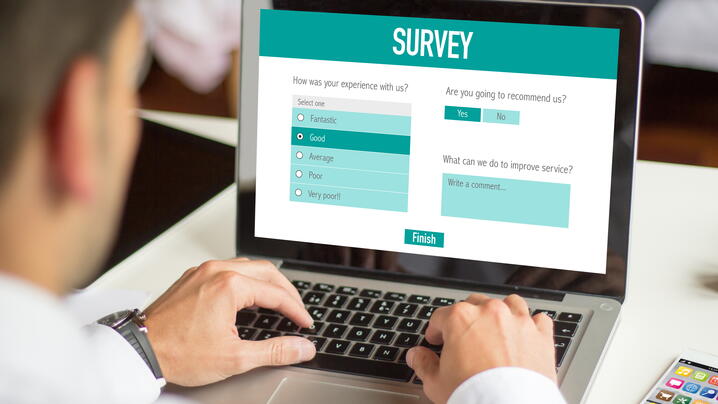
By Thomas Miller, President, National Research Center, Inc.
Resident feedback is used by many local governments as an important indicator in their performance management programs. Residents’ ratings of services—solid waste collection, pothole repair, code enforcement, and so on—can guide decision makers as they allocate budgetary and staff resources.
Managers may turn to external survey research consultants for assistance in designing and implementing their data collection initiatives. And as one of the providers of those services, I can tell you that the survey research industry itself is facing disruptions brought about by societal changes, technology, and other factors.
As times change, researchers and their clients need to distinguish genuine advances from promises that overreach. Here are six survey advances that I believe have potential.
You may already be engaged in some of these survey practices, but not all will be useful to you. Some of those practices already embarked upon may benefit from reconsideration to assure proper fit with your organization’s survey goals. Each possible innovation comes with pros and cons, and some can be done in combination.
1. Citizen Survey Panel
A group of willing residents is recruited to participate periodically in unique topical surveys useful to local decision bodies. Properly deployed and analyzed, responses can approximate the perspectives of all residents in the community.
2. Resident Networks
Apps provided by companies like NextDoor, Bang the Table, or Peak Democracy’s Open Town Hall are used to encourage survey participation, recruit panelists, or pose survey questions. (But be cautious about conclusions from samples that may not represent the entire city.)
3. Opt-in Web Surveys
Anyone is invited to complete a web survey. Recruitment can come simply by posting a link on the city website or elsewhere. There are ways to limit response to residents of your jurisdiction and with proper weighting. When done with appropriate data weighting, these survey findings may be integrated into traditional probability sample results to increase sample size while keeping representation of the entire community.
4. Recruited Web Surveys
Randomly selected residents receive a mailed invitation to participate in a web survey whose link is included in the mailing. Response rates often are low for this kind of recruitment, but with the right publicity it may work well enough as a backup to traditional methods.
5. Texted Surveys
Short surveys that can be completed in text messages are sent to residents who opt-in to participate. This option should be part of all the others listed above, with cautions to adhere to FCC rules.
6. Matrix Sampling
Long questionnaires diminish response rates. So to combat attrition of potential participants, administer about one-fourth of a longer survey each quarter to a different random sample of residents.
Adapted from a post published in the September 2017 issue of The Civil Review as part two of five in the NRC series Survey Research Revolution. Read Part One. NRC is ICMA's preferred provider for resident and employee surveys.
New, Reduced Membership Dues
A new, reduced dues rate is available for CAOs/ACAOs, along with additional discounts for those in smaller communities, has been implemented. Learn more and be sure to join or renew today!
